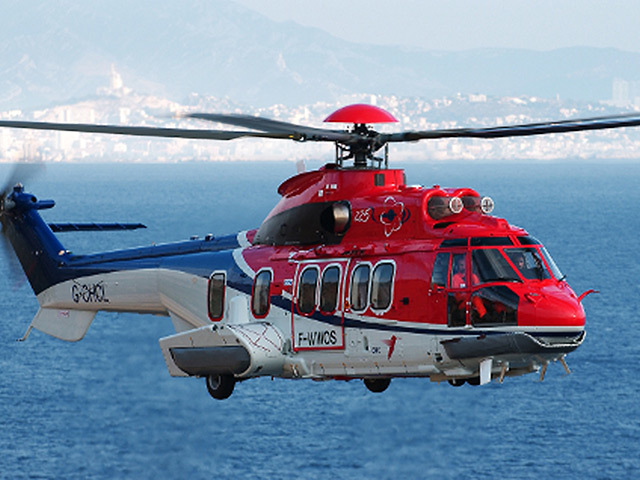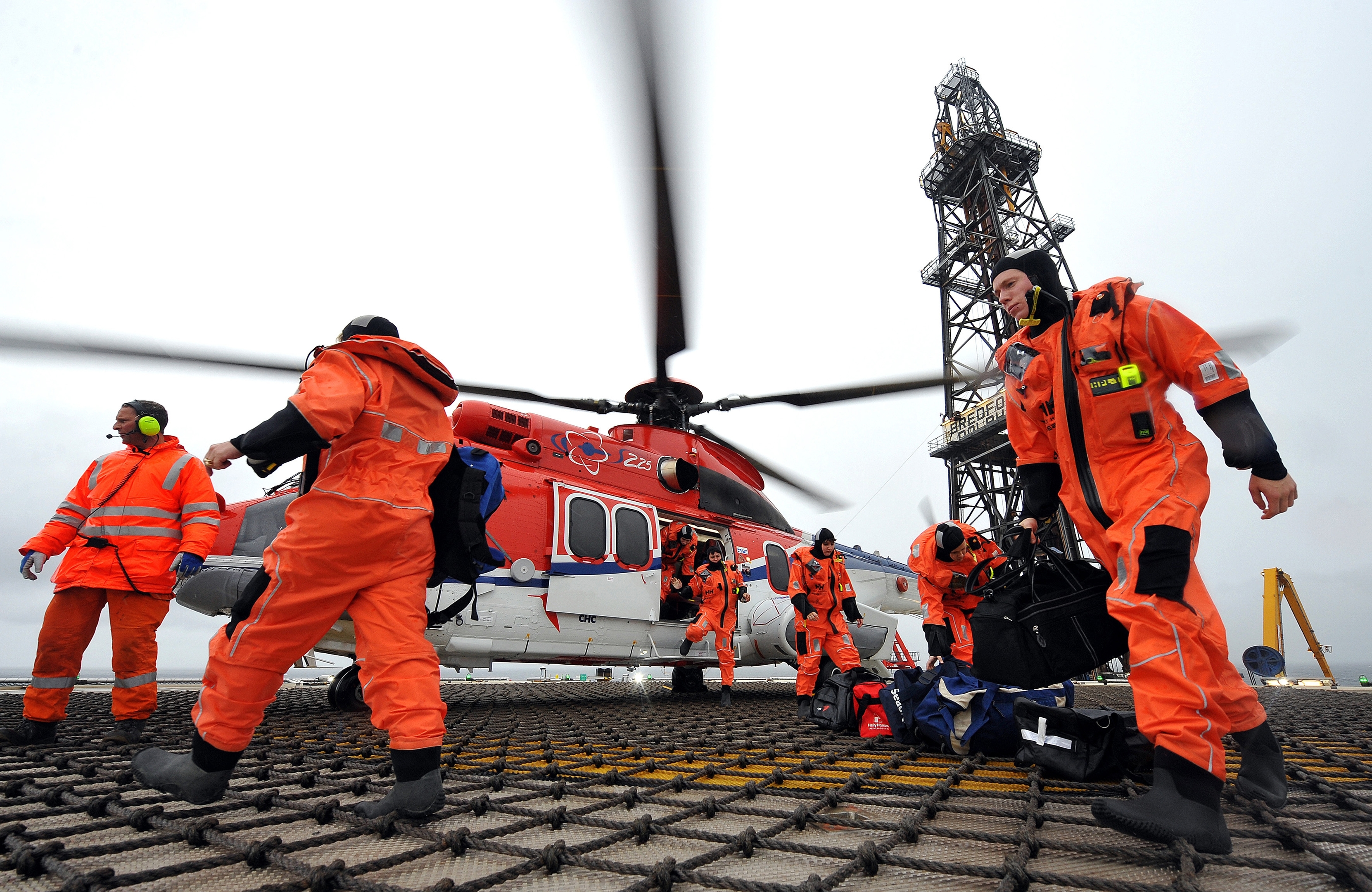
The European Aviation Safety Agency (EASA) has said it will end its flight suspension of Super Pumas after a ban was implemented following a fatal North Sea helicopter crash.
The aviation body had put a suspension in place following the deaths of 11 passengers and two crew on a return flight from an offshore installation.
The 13 on board had been travelling to Flesland Airport from Statoil’s Gullfaks B platform when the incident happened on April 29th this year.
The Air Directive (AD) lifts the suspension on H225 helicopters and AS332L2 from October 13th.
The EASA said it had been closely monitoring the analysis and tests conducted by Airbus Helicopters.
It said it maintains its “full support” to the investigation led by the Accident Investigation Bureau of Norway (AIBN) for the accident.
The EASA said it will closely monitor the compliance action taken by the helicopter manufacturer and operators following the return to service along with operational information.
The statement added: “We will continue to work with the helicopter manufacturer, international regulators and national aviation authorities, offshore operators, to ensure that the highest possible safety standards always prevail.”
A set of “very stringent” protective measures have been put in place to enable the decision to allow the helicopters to return to flight.
They include “the elimination of a specific type (Type A) of 2nd stage main gearbox planet gear involved in the accident by another type (Type B) which has a demonstrated reliable service life.
“An additional safety factor applied to the demonstrated service life of this gear type (Type B), resulting in the time before replacement being reduced to less than half its current value.
“The daily inspection or after 10 flight hours (whichever comes first) of the chip detectors, and every 10 flight hours oil filter with very stringent criteria.”
A spokesman for Airbus Helicopters said: “Airbus Helicopters takes note of EASA’s decision to lift the temporary suspension it had put in place on 2 June 2016 for the H225 and AS332 L2 fleet. We are providing assistance to our customers and working with related stakeholders in order to help them return their aircraft to service at the appropriate time.
“Meanwhile, we maintain our full support to the AIBN in the frame of the ongoing investigation.”
Since the AD was issued, Airbus Helicopters have been investigating possible accident contributory factors and determined that the likely cause of the crash was related to the rupture of second stage planet gear which was found with fatigue and surface degradation.
The root cause of this failure is still not fully understood but involved cracking of the planet gear bearing outer race and some “spalling and propagation of a crack into the rim of the gear” which impacted the final rupture.
The AD added: “There are two configurations of planet gear within the current type design. In depth review of the design and service data showed that one configuration has higher operating stress levels that result in more frequent events of spalling, associated with rolling contact fatigue, while the other exhibits better reliability behaviour. By limiting the type design to the gear configuration with lower stress levels and better reliability and specifying a reduced life limit, combined with more effective oil debris monitoring procedures and other operational controls, an acceptable level of safety can be restored.”
In June, helicopter chiefs in Aberdeen revealed plans to end their use of the H225s on North Sea flights – unless customers call for the model to be used to fly their workers to installations.
Air investigators in Norway said the helicopter had dropped from 2,000ft, with the crash taking place in only one to two seconds.
Safety chiefs said the incident would not have been survivable.
Recommended for you
